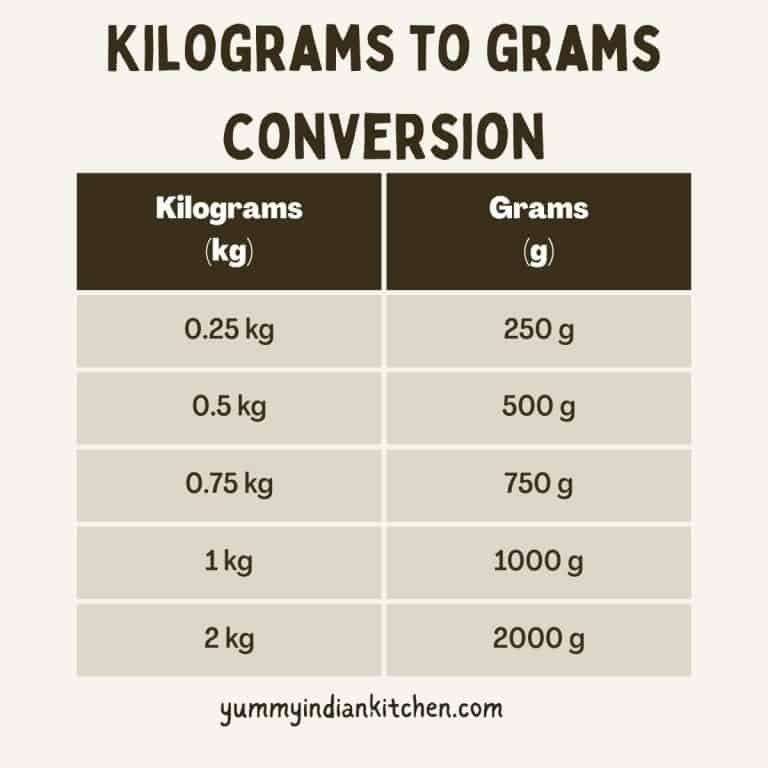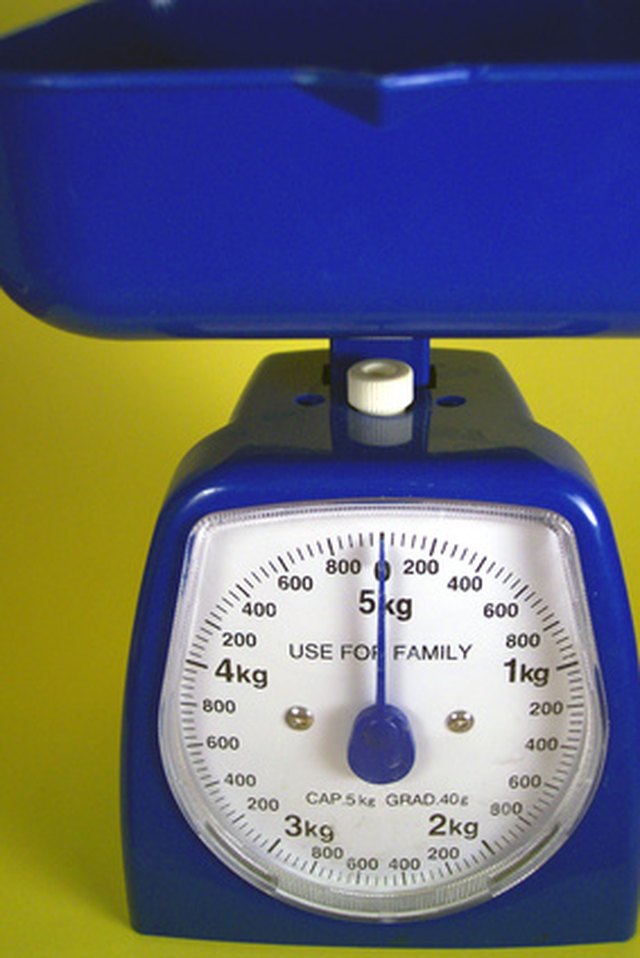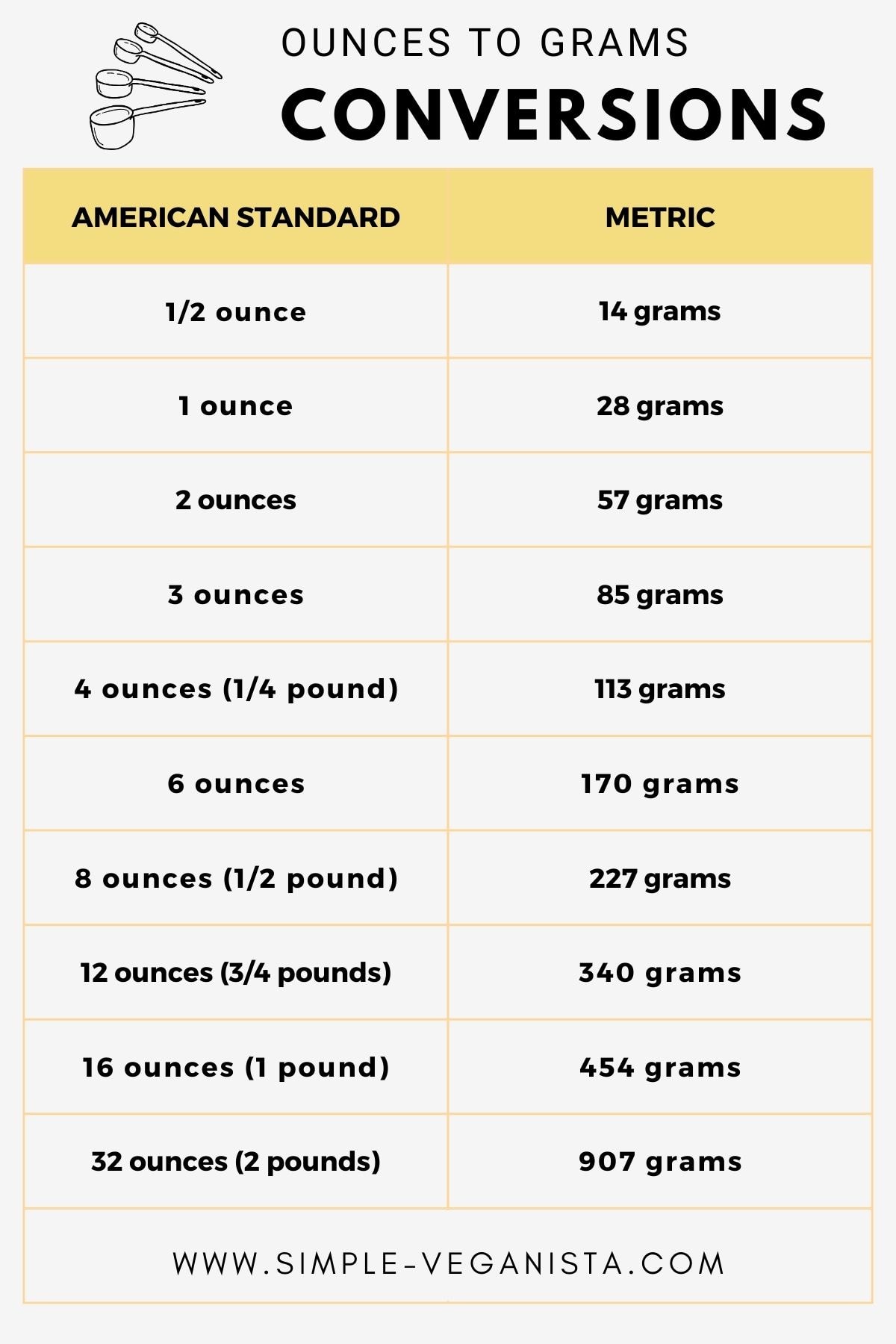What Does 1000 Grams Really Mean?
Accurate weight measurements are crucial in various aspects of daily life, from cooking and baking to science and medicine. Understanding the concept of grams as a unit of measurement is essential to quantify and compare weights. So, what is a 1000 grams? In simple terms, 1000 grams is equivalent to 1 kilogram, a unit of mass in the International System of Units (SI). To put this into perspective, a 1000-gram object is roughly the same weight as a large bag of sugar, a small bag of potatoes, or a liter of water. Knowing what is a 1000 grams can help individuals make informed decisions when measuring ingredients, medications, or laboratory samples.
How to Convert Grams to Other Units of Measurement
Converting grams to other units of measurement is a crucial skill in various fields, including cooking, science, and medicine. Understanding how to convert grams to milligrams, kilograms, and pounds can help individuals accurately measure ingredients, medications, and laboratory samples. Here’s a step-by-step guide to make the conversion process easy to understand:
To convert grams to milligrams, multiply the weight in grams by 1,000. For example, 5 grams is equivalent to 5,000 milligrams. To convert grams to kilograms, divide the weight in grams by 1,000. For instance, 2,000 grams is equivalent to 2 kilograms. To convert grams to pounds, multiply the weight in grams by 0.00220462. For example, 1,000 grams is equivalent to 2.20462 pounds.
These conversion formulas can be applied to various everyday scenarios. For instance, when a recipe calls for 250 grams of flour, you can easily convert it to milligrams or pounds using the formulas above. Similarly, in medical contexts, understanding how to convert grams to milligrams is crucial when measuring medication dosages.
By mastering these conversion formulas, individuals can ensure accuracy and precision in their measurements, leading to better results in cooking, science, and medicine.
The Significance of Grams in Cooking and Baking
In the world of cooking and baking, accurate weight measurements are crucial for achieving desired results. Grams play a vital role in this process, as they provide a precise way to measure ingredients. Unlike cups, which can be inconsistent in their measurements, grams offer a standardized unit of measurement that ensures recipes turn out as intended.
Using grams instead of cups can significantly improve recipe results. For instance, when baking a cake, a small variation in the weight of flour can affect the texture and consistency of the final product. By measuring ingredients in grams, bakers can ensure that their cakes turn out light and fluffy, rather than dense and heavy.
Some recipes require precise gram measurements, such as those involving yeast or delicate flavor balances. For example, a recipe for croissants may call for 250 grams of butter and 500 grams of flour. In these cases, using cups would be impractical and potentially disastrous. By measuring ingredients in grams, cooks and bakers can achieve the perfect balance of flavors and textures.
In addition, understanding grams in cooking and baking can also improve food safety. When measuring ingredients in grams, cooks can ensure that they are using the correct amounts of ingredients, reducing the risk of contamination or spoilage.
By incorporating grams into their cooking and baking practices, individuals can take their skills to the next level, creating dishes that are both delicious and visually appealing. Whether you’re a professional chef or a home cook, understanding the significance of grams is essential for achieving success in the kitchen.
Grams in Science and Medicine: Understanding Weight in Different Contexts
In scientific and medical contexts, the accuracy of weight measurements is crucial. Grams play a vital role in these fields, where precise measurements can mean the difference between life and death. In medicine, for instance, medication dosages are often measured in grams or milligrams, and incorrect measurements can have severe consequences.
In laboratory settings, scientists rely on precise weight measurements to conduct experiments and collect data. A small error in measurement can lead to inaccurate results, which can have far-reaching implications. For example, in pharmaceutical research, the weight of active ingredients must be precisely measured to ensure the efficacy and safety of medications.
In addition, grams are used in medical research to measure the weight of organs, tissues, and other biological samples. This information is essential for understanding the progression of diseases and developing effective treatments. In forensic science, grams are used to measure the weight of evidence, such as drugs or other substances, to determine their authenticity and quantity.
The importance of precision in scientific and medical contexts cannot be overstated. A small mistake in measurement can lead to incorrect conclusions, which can have serious consequences. By understanding the significance of grams in these fields, individuals can appreciate the importance of accuracy and attention to detail.
Furthermore, the use of grams in scientific and medical contexts highlights the importance of standardization in weight measurements. By using a standardized unit of measurement, scientists and medical professionals can ensure that their results are accurate and reliable, regardless of the location or equipment used.
Common Items That Weigh Around 1000 Grams
To better understand the concept of 1000 grams, it’s helpful to visualize everyday objects that weigh around this amount. A 1000-gram object is equivalent to 1 kilogram, which is a significant weight that can be easily imagined. Here are some common items that weigh around 1000 grams:
A bag of sugar, for instance, typically weighs around 1000 grams. This is a common household item that many people are familiar with, making it a great example to illustrate the weight of 1000 grams. Similarly, a large jar of peanut butter can also weigh around 1000 grams, depending on the brand and size.
Other examples of items that weigh around 1000 grams include a small bag of potatoes, a large bag of coffee beans, or a medium-sized bag of flour. These items are all relatively common and can help readers better understand the weight of 1000 grams.
By visualizing these everyday objects, readers can gain a better understanding of what 1000 grams really means. This can be especially helpful when cooking or baking, as accurate weight measurements are crucial for achieving the desired results. Whether you’re a seasoned chef or a beginner in the kitchen, understanding the weight of 1000 grams can make a significant difference in your cooking skills.
So, what is a 1000 grams? It’s a weight that’s equivalent to 1 kilogram, and it’s a common measurement that’s used in many different contexts. By understanding this weight and visualizing everyday objects that weigh around 1000 grams, readers can gain a better appreciation for the importance of accurate weight measurements.
Why Understanding Grams Matters in Everyday Life
Understanding grams is not just limited to scientific or culinary applications. In everyday life, having a grasp of weight measurements can have a significant impact on cooking skills, health, and even budgeting. When shopping for ingredients, knowing what 1000 grams looks like can help individuals make more informed purchasing decisions, ensuring they buy the right amount of food for their needs.
In cooking, understanding grams can improve recipe results and reduce food waste. By measuring ingredients accurately, individuals can achieve the perfect balance of flavors and textures, resulting in better-tasting dishes. Moreover, using grams instead of cups can help reduce the risk of over- or under-seasoning, which can be detrimental to the overall flavor of a dish.
Furthermore, understanding grams can also have health benefits. By measuring food portions accurately, individuals can better track their calorie intake and make healthier choices. This is particularly important for individuals with specific dietary needs or restrictions, such as those with diabetes or celiac disease.
In addition, understanding grams can also help individuals save money. By buying ingredients in bulk and measuring them accurately, individuals can reduce food waste and avoid over-purchasing. This can lead to significant cost savings over time, making it a valuable skill for anyone looking to manage their budget more effectively.
In conclusion, understanding grams is an essential skill that can have a significant impact on everyday life. By grasping the concept of 1000 grams and applying it to cooking, shopping, and health, individuals can improve their cooking skills, make healthier choices, and even save money. Whether you’re a seasoned chef or a beginner in the kitchen, understanding grams is a valuable skill that can benefit anyone.
Grams vs. Ounces: Understanding the Difference
In the world of weight measurements, two units of measurement often come into play: grams and ounces. While both are used to measure weight, they have distinct differences that are essential to understand, especially when working with recipes or scientific applications.
Grams are a unit of measurement in the metric system, with 1000 grams equal to 1 kilogram. Grams are commonly used in cooking, baking, and scientific applications where precise measurements are crucial. On the other hand, ounces are a unit of measurement in the imperial system, with 16 ounces equal to 1 pound. Ounces are often used in everyday applications, such as measuring food portions or weighing packages.
One of the main advantages of using grams is their precision. Grams allow for exact measurements, which is critical in applications like cooking and baking, where small variations can affect the final product. In contrast, ounces are often used in more general measurements, such as weighing food portions or packages, where exact precision is not as crucial.
However, ounces have their own advantages. They are often more familiar to people in everyday applications, making them easier to understand and work with. Additionally, ounces are commonly used in American recipes, making them a necessary unit of measurement for many cooks and bakers.
So, when to use each? Grams are ideal for precise measurements, such as in scientific applications or when following a recipe that requires exact weights. Ounces, on the other hand, are better suited for more general measurements, such as weighing food portions or packages. By understanding the differences between grams and ounces, individuals can choose the right unit of measurement for their specific needs.
In the context of understanding what 1000 grams really means, knowing the difference between grams and ounces can be particularly helpful. By recognizing that 1000 grams is equivalent to 1 kilogram, individuals can better visualize the weight and make more informed decisions in their cooking, baking, and everyday applications.
Mastering Weight Measurements: Tips and Tricks
Accurate weight measurements are crucial in various aspects of life, from cooking and baking to scientific and medical applications. To ensure precise measurements, it’s essential to master the art of weight measurement. Here are some tips and tricks to help you achieve accuracy:
Choose the Right Kitchen Scale: When it comes to measuring ingredients, a good kitchen scale is essential. Look for a scale that is accurate to 0.1 grams or less and has a large weighing capacity. Digital scales are often more accurate than analog scales and can provide precise measurements.
Understand Conversion Formulas: Converting between units of measurement can be tricky, but understanding the formulas can make it easier. For example, to convert grams to milligrams, simply multiply the weight in grams by 1000. To convert grams to pounds, divide the weight in grams by 453.592.
Avoid Common Measurement Mistakes: One of the most common measurement mistakes is not zeroing the scale before measuring. Make sure to zero the scale before adding ingredients to ensure accurate measurements. Another mistake is not using the correct unit of measurement. Always double-check the recipe or instructions to ensure you’re using the correct unit.
Use a Consistent Unit of Measurement: When working with recipes or formulas, it’s essential to use a consistent unit of measurement. If a recipe calls for grams, make sure to use grams throughout the recipe. Avoid switching between units, as this can lead to inaccurate measurements.
Practice Makes Perfect: Like any skill, mastering weight measurements takes practice. The more you practice measuring ingredients and converting between units, the more comfortable you’ll become with the process. Start by practicing with simple recipes and gradually move on to more complex ones.
By following these tips and tricks, you’ll be well on your way to mastering weight measurements. Remember, accurate measurements are crucial in various aspects of life, and understanding what 1000 grams really means can make all the difference. Whether you’re a seasoned chef or a beginner in the kitchen, mastering weight measurements can improve your cooking skills and overall health.






